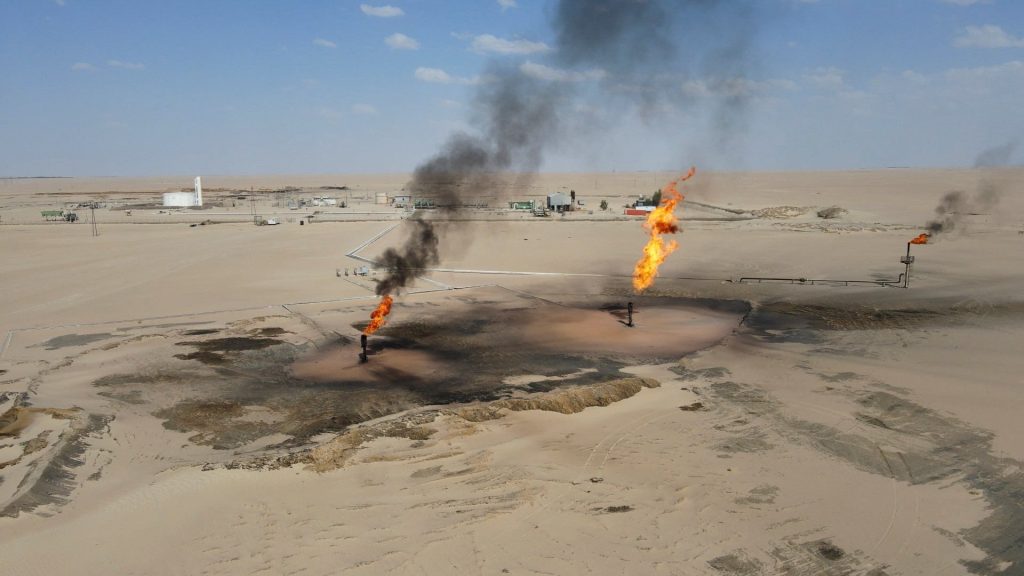Libya’s oilfield closures have intensified with production at the Sarir field nearly coming to a standstill, according to two field engineers. This development is part of an escalating political conflict over control of the Central Bank of Libya (CBL) and the nation’s oil revenues.
Authorities in eastern Libya, where the majority of the country’s oil fields are located, announced on Monday that all production and exports would cease. Sarir, which had been producing around 209,000 barrels per day (bpd), has now significantly reduced output, the engineers confirmed.
This follows the earlier declaration of force majeure on exports from the Sharara oilfield, which produces 300,000 bpd. Disruptions have also been reported at the El Feel, Amal, Nafoora, and Abu Attifel oilfields.

As of July, Libya, a member of OPEC, was producing approximately 1.18 million barrels of oil per day. However, the decision to halt production at the country’s primary revenue source comes as a direct response to the sacking of CBL chief Sadiq Al-Kabir by the Tripoli-based Presidency Council. This move has triggered the mobilisation of rival armed factions, further heightening tensions.
Abdulhamid Al-Dbeibah, Prime Minister of the UN-backed Government of National Unity in Tripoli, condemned the closures this week, asserting that oilfields should not be shut down “under flimsy pretexts.”
In the midst of these developments, US Africa Command General Michael Langley and Chargé d’Affaires Jeremy Berndt met with Khalifa Haftar, the leader of the Libyan National Army, which controls eastern and southern Libya. The US Embassy in Libya urged all Libyan stakeholders to engage in constructive dialogue, with the support of the United Nations Support Mission in Libya and the international community, in a statement posted on social media platform X.


